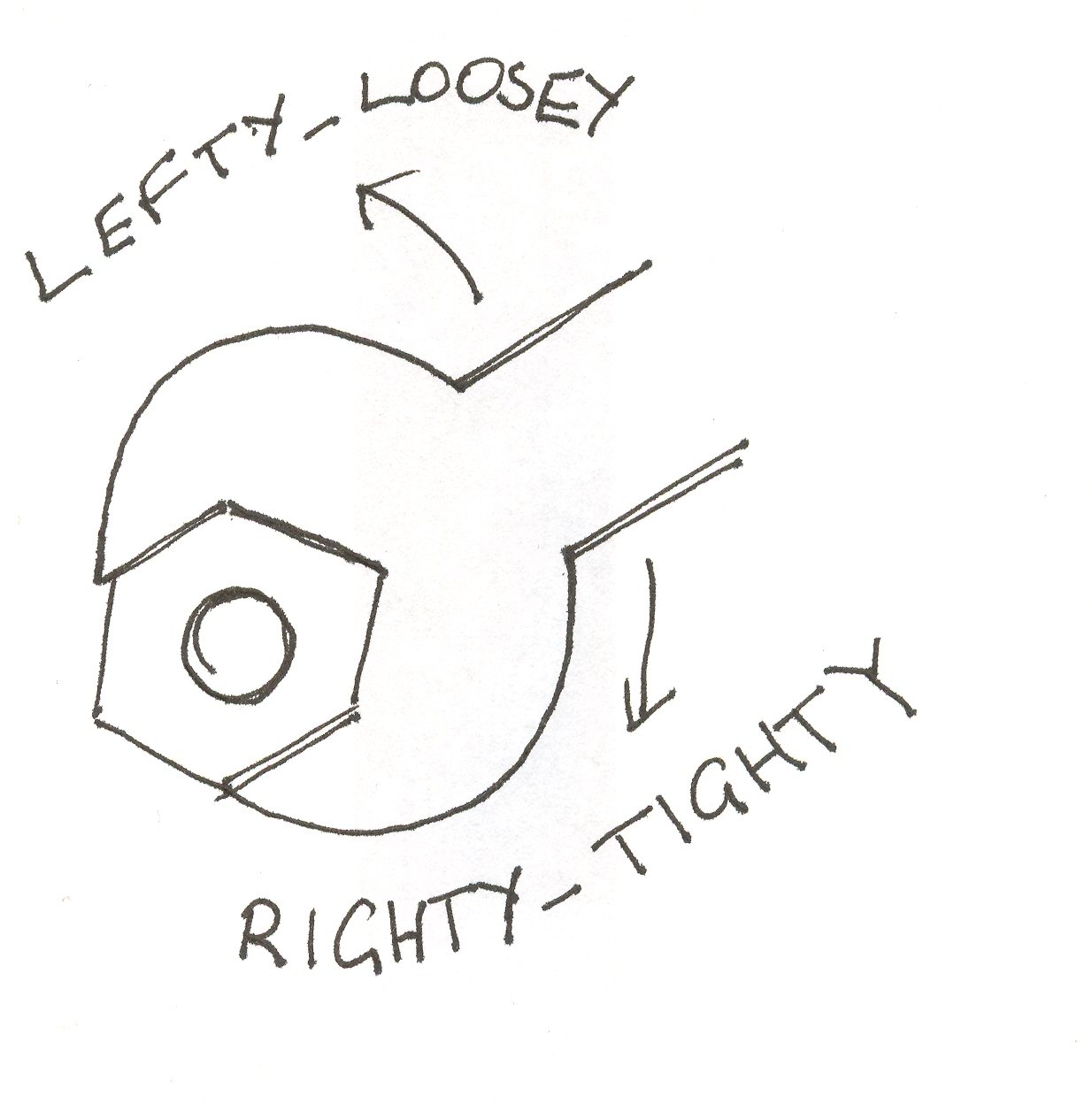this post was submitted on 13 Oct 2024
466 points (97.7% liked)
Asklemmy
43889 readers
759 users here now
A loosely moderated place to ask open-ended questions
If your post meets the following criteria, it's welcome here!
- Open-ended question
- Not offensive: at this point, we do not have the bandwidth to moderate overtly political discussions. Assume best intent and be excellent to each other.
- Not regarding using or support for Lemmy: context, see the list of support communities and tools for finding communities below
- Not ad nauseam inducing: please make sure it is a question that would be new to most members
- An actual topic of discussion
Looking for support?
Looking for a community?
- Lemmyverse: community search
- sub.rehab: maps old subreddits to fediverse options, marks official as such
- !lemmy411@lemmy.ca: a community for finding communities
~Icon~ ~by~ ~@Double_A@discuss.tchncs.de~
founded 5 years ago
MODERATORS
you are viewing a single comment's thread
view the rest of the comments
view the rest of the comments

This phrase has never made any sense to me. It’s a circle. If one side is moving right, then the opposite side is moving left. So the phrase only makes sense if you specify which side we are talking about, which nobody ever does. Therefore it’s completely illogical to me while everyone else just gets it. Side note: Autism can be a real bitch sometimes.
Edit:
They are not a circle unless you have some really odd bolts or screws! I suppose a bolt looks like a circle in "Flatland" but we live in 3D space with time as a fourth dimension that we can directly perceive.
A screw or bolt and the rest are, roughly speaking, a cylinder with a helical thread on it. They also have a "head" or similar which acts a stopper. You can model all of them as a bolt. We use a spanner, wrench, fingers, screw drivers, drill drivers, scissors, whatever to do the tightening or loosening. You can model all those tools as a spanner (wrench). We need some final mental contortions to make this slightly rigorous: The spanner (wrench) is always considered as being at 12:00 on an imaginary clock and we have to assume that our bolt moves away from us for "tighten" and towards us for "loosen" and I suppose we should also require that we are looking at the "face" of the notional clock and not its obverse!
Now it should be obvious how the rule works. Turn the spanner to the right and you tighten the bolt, turn it to the left and you loosen it.
OK that lot is not very helpful when you are under a sink or in a roofing void performing strange contortions. Try holding up one of your hands and pretend you are holding a bolt or the head of a screw. Clockwise turns will tighten and anti clockwise will loosen. You might use "leftie loosey ..." to bootstrap: "clockwise tighten". It becomes even more interesting when you are trying to work out which way to turn a bolt or whatever when you can only feel it and when tightening actually moves it towards you.
Think about a bolt running through a wheel with the head towards us, say on a very simplified bicycle. Move the bike to the right, and hence the wheels turn clockwise. Friction should cause the bolt to tighten. If you change the design and put the bolt in on the other side and now forwards for the bike is to the left then you will loosen the bolt and that will be dangerous. Now change the design to a bolt with a nut and washers etc and it rapidly gets complicated!
Also, please note that some bolts have reverse threads to the norm. On a garden strimmer the tightening knob that holds the spool on is often a reverse threaded bolt. That's for similar reasons to the bicycle wheel thing I mentioned earlier.
I've just spent ages and a lot of words to try and persuade you that this has bugger all to do with autism. I think that your error was really to do with not thinking too deeply about the real issue and focusing on the wrong thing. We all do that, extremely often, regardless of where we are on the spectrum.
I hope that you see that considerations with regarding helical threads on a cylinder or a tapering cone (but not circles) can be quite complicated and that's why sometimes we all need some silly rules to get us through the every day ordeal of dealing with them.
Now, would you like a chat about circles ... 8)